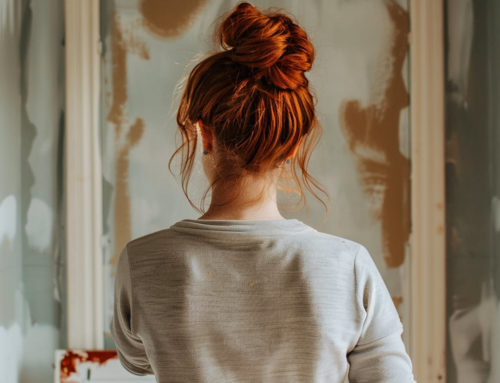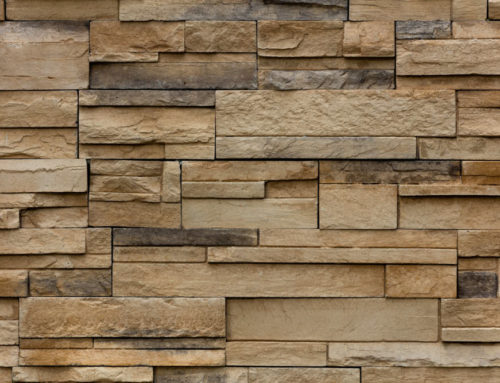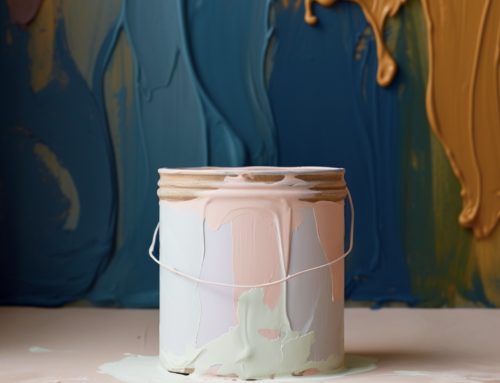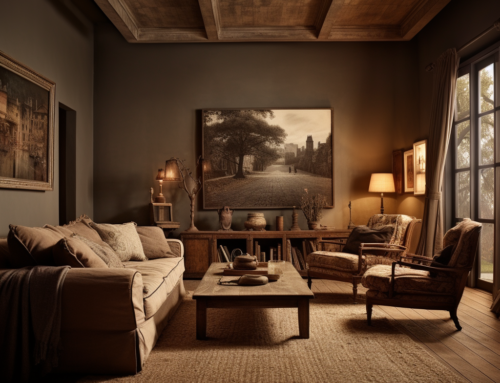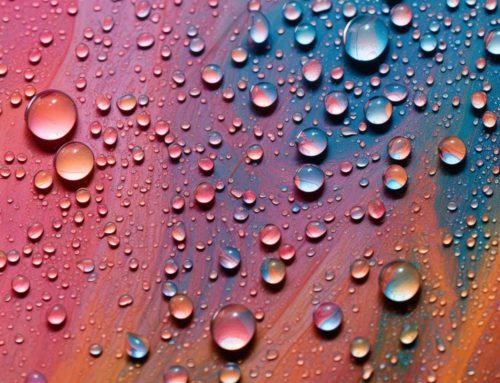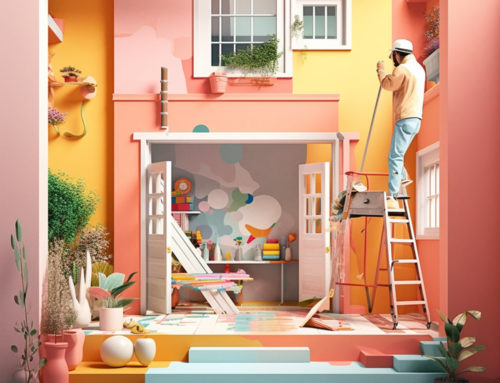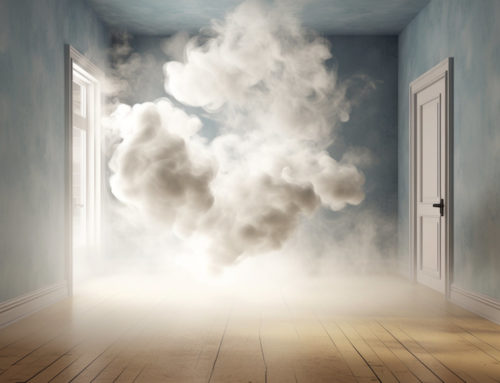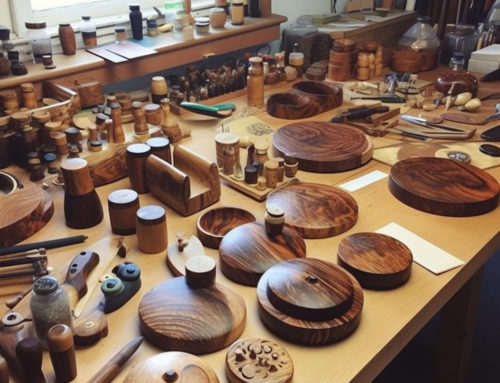Jump to:
The Benefits of Using Natural and Breathable Paints and Plasters
Mould is a common issue in many homes, (go check for mould if you haven’t!) often resulting from trapped moisture, inadequate ventilation, or both. While there is no one-size-fits-all solution to this problem, the use of breathable paints and plasters can play a significant role in preventing mould growth. In this article, we will discuss how genuinely natural and breathable paints and plasters can help combat mould, (such as these natural anti mould paints) contributing to a healthier and more comfortable living environment from better indoor air quality.
How Breathable Paints and Plasters Help Prevent Mould:
Moisture Regulation:
Breathable paints and plasters allow moisture to be absorbed and released by the walls, regulating humidity levels within a room. This prevents the buildup of excessive moisture / water vapour , which can lead to mould growth. By allowing walls to breathe, these materials help maintain a balanced indoor environment that is less conducive to mould. More: What is Wall Breathability, and how does breathable paint help?
Natural Ingredients:
Genuine natural and breathable paints often contain ingredients like lime, clay, or silicate, which are inherently mould-resistant. Lime, for example, has a high pH level that makes it inhospitable to mould and bacteria. By using paints and plasters with natural ingredients, you are creating a surface that is less likely to harbour mould growth. Check out this range of natural anti mould paints.
Improved Indoor Air Quality:
Traditional paints can contain high levels of volatile organic compounds (VOCs), which can contribute to poor indoor air quality and exacerbate mould growth. Breathable paints typically have lower VOC levels, resulting in cleaner indoor air and a healthier living environment. In turn, this can help prevent mould growth by reducing the overall humidity and moisture levels in the room.
Enhanced Ventilation:
Breathable paints and plasters work best in conjunction with proper ventilation. By ensuring adequate airflow and moisture management within a room, these materials can effectively prevent mould growth. It is essential to address any underlying ventilation issues in addition to using breathable paints and plasters to achieve optimal results.
Synergy with Breathable Insulation:
When used alongside breathable insulation materials, breathable paints and plasters can further contribute to mould prevention. Breathable insulation allows moisture to pass through while providing thermal insulation, ensuring that walls remain dry and warm. This reduces the likelihood of condensation forming on walls and consequently mould growth.
Conclusion:
While breathable paint alone may not completely prevent mould growth, when used in conjunction with breathable plasters and proper ventilation, it can significantly reduce the risk. By creating a balanced indoor environment and using materials with natural mould-resistant properties, homeowners can minimise the likelihood of mould issues. When choosing paints and plasters for your home, consider genuinely natural and breathable options to create a healthier and more comfortable living space.
More:
- Buy Breathable Paint
- What is Wall Breathability, and how does breathable paint help?
- Breathable Paints For Lime Plaster – What do I need?
- Is plaster breathable?
- Are all emulsion paints breathable? Your Guide to Choosing the Right Paint & SD Values
- How to get rid of mould on walls permanently
Does Breathable Paint Stop Mould?
Breathable paint can help prevent mould growth by allowing moisture to evaporate from walls, reducing the likelihood of damp conditions that promote mould development. However, using breathable paint alone may not be enough to stop mould if other factors, such as poor ventilation, condensation or persistent dampness, are not addressed.
What Paint Keeps Mould Away?
Anti-Mould Paint:
Anti-mould paint is specifically formulated to resist mould growth. It contains biocides that inhibit mould development, making it a suitable option for areas prone to dampness and high humidity levels. This type of paint is ideal for rooms such as bathrooms, kitchens, and basements. View range of anti mould paints
Lime-Based Paints:
As mentioned earlier, lime-based paints have a high pH level, making them naturally mould-resistant. Their breathability also allows moisture to escape, reducing the chances of damp conditions that promote mould growth. View natural lime based paints.
What Paint Kills Mould?
Paint alone cannot effectively kill mould. It is essential to clean the mould-affected area thoroughly with a mould-killing solution before painting. This can be achieved using a mix of water and bleach (not advised due to chemicals..) , or as we would advise by using a commercial natural mould-killing product. Once the mould has been removed and the surface is dry, apply a mould-resistant primer and paint to prevent mould regrowth.
How Do You Prevent Mould on Walls Permanently?
While it’s impossible to guarantee permanent mould prevention, the following steps can significantly reduce the risk of mould growth on walls:
- Ensure proper ventilation: Good ventilation is essential for reducing humidity levels and preventing mould growth. Install exhaust fans in high-humidity areas, such as bathrooms and kitchens, and open windows regularly to allow fresh air to circulate.
- Control humidity levels: Use a dehumidifier or air conditioner to maintain indoor humidity levels between 30% and 50%, as recommended by experts.
- Insulate your home: Proper insulation can help prevent condensation on walls and ceilings, reducing the likelihood of mould development.
- Address water leaks: Promptly repair any water leaks or damage to prevent moisture buildup in walls.
- Use mould-resistant materials: When renovating or building, consider using mould-resistant materials, such as mould-resistant drywall and paint.
Can Mould Live Under Paint?
Yes, mould can live under paint if the paint has been applied over a mould-affected surface without proper cleaning and preparation. Painting over mould can temporarily hide the problem, but it will not kill the mould or prevent it from growing. The mould will continue to grow beneath the paint, eventually causing the paint to peel or bubble. To properly address mould issues, it is essential to remove the mould and clean the surface before applying mould-resistant primer and paint.
Read more:
- Where to Buy Breathable Paint in the UK
- Is breathable paint waterproof?
- Can breathable paint prevent mould?
- Breathable Paints For Lime Plaster – What do I need?
- Breathable Wall filler – How to use
- Breathable Natural Lime Plaster & Eco plasters
- Is Breathable Paint Waterproof? Exploring the Characteristics and Benefits

Hi! I’m Chris, the founder of The Organic & Natural Paint Co, and I’m focused on the education and promotion of natural non toxic alternatives to chemical laden everyday products that we just take for granted. We have a choice, and I want to raise awareness of alternative products that don’t actually harm us!
This company is my way of pushing the awareness of better indoor air quality, something that I am personally passionate about due to my own children’s breathing medical conditions. I just couldn’t paint with big brand standard petrochemical paint any longer and wanted another solution.
Read more: About me
Twitter: NaturalPaintCo
Instagram: cleanairclubofficial



